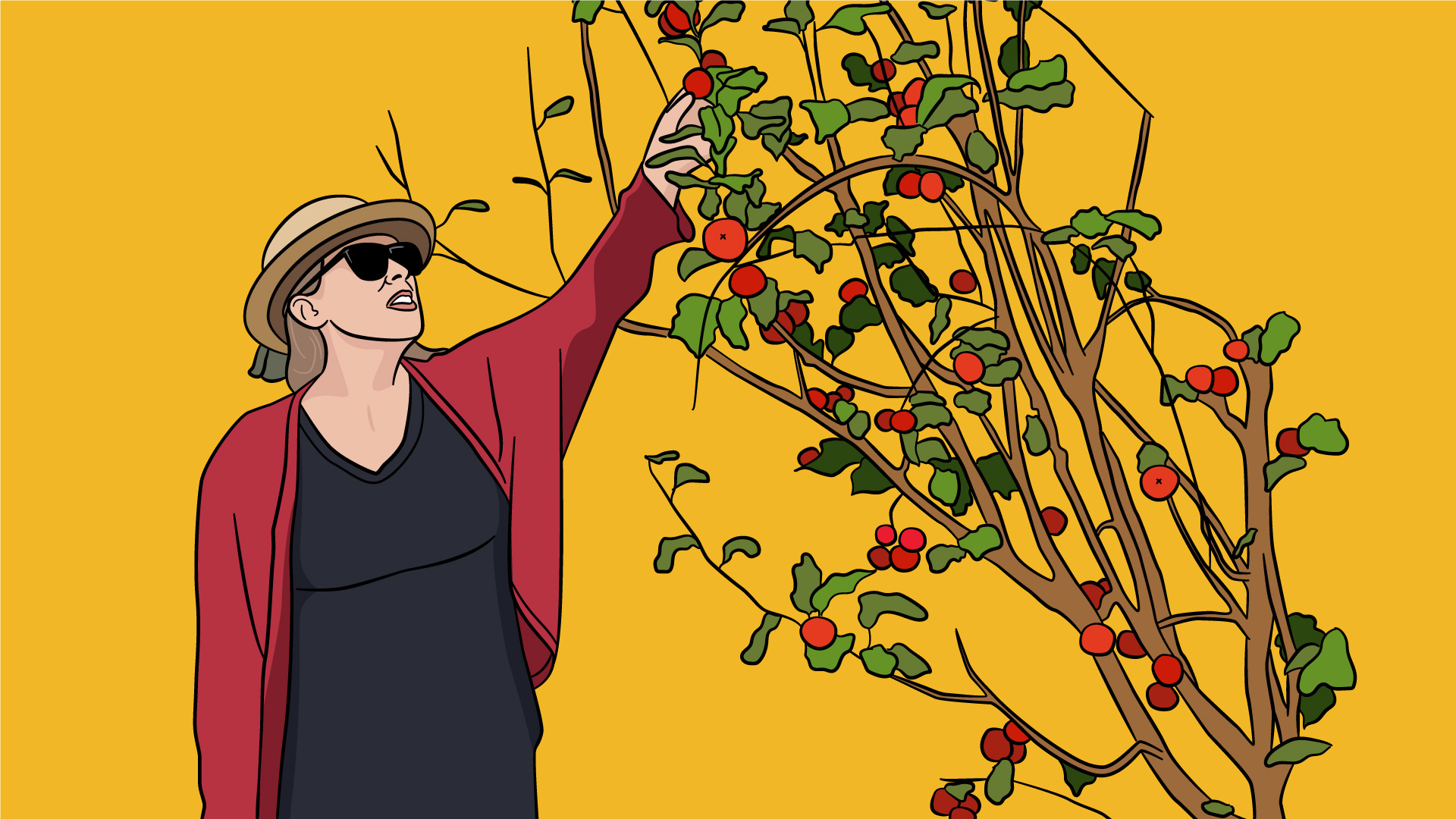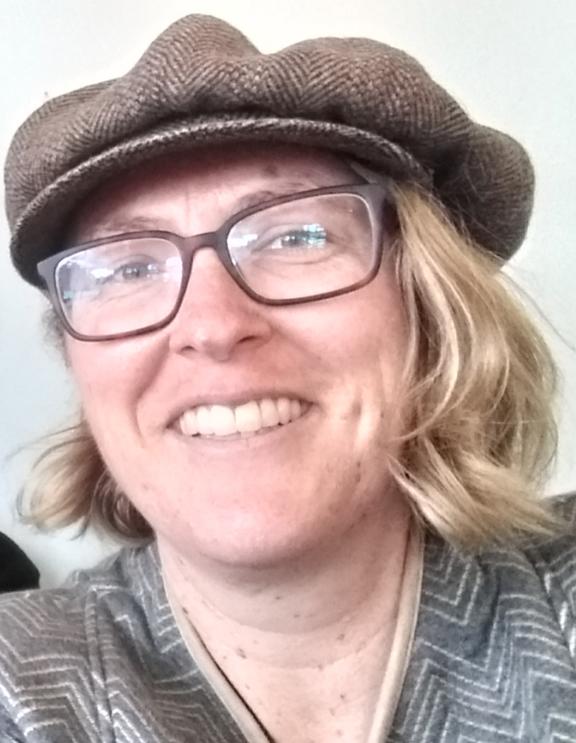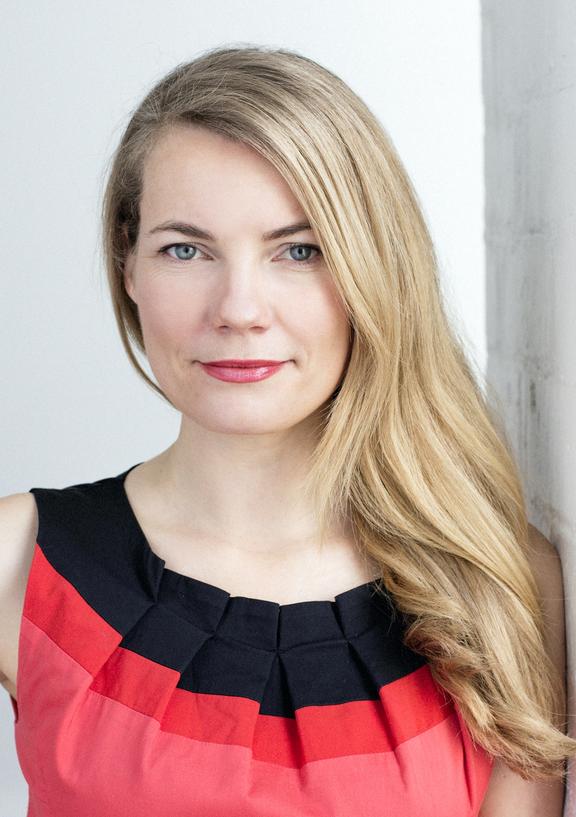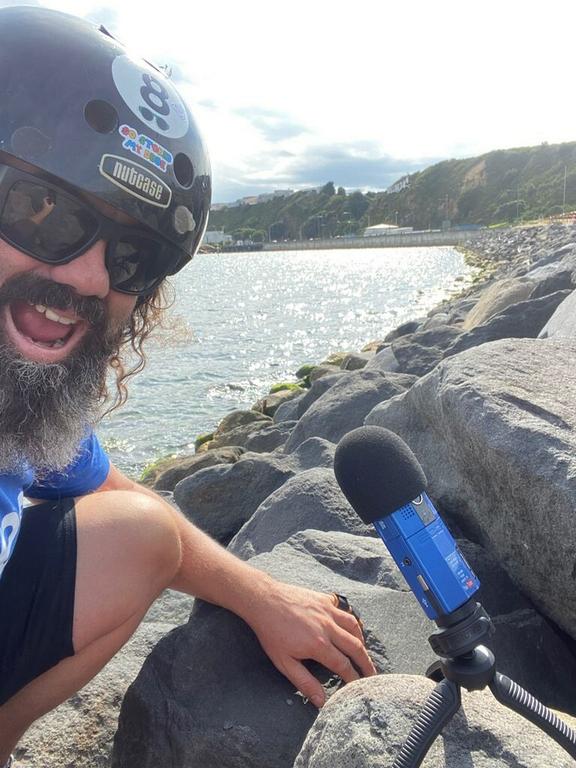What effect did this enforced isolation have on how we connected with ourselves, our loved ones and our communities and what lessons did we take with us when we left our bubbles?

Photo: Supplied
Subscribe to Kei Roto i te Miru: Inside the Bubble on Apple Podcasts, Spotify, Google Podcasts, Stitcher, iHeart Radio or wherever you listen to your podcasts.
Kei Roto i te Miru: Inside the Bubble was designed to encourage DIY connections during lockdown through oral histories using everyday technology. The aim was to ensure physical distancing didn’t equate to emotional distancing, particularly for the more vulnerable among us.
Meng Foon, Race Relations Commissioner described a situation for Chinese New Zealanders very different to the perception of the ‘team of five million’ where anxiety and “systemic type racism” meant he heard reports of some parents and schools saying: “Oh be careful with those Asians, you and your family are better staying home.”
Meng was determined to counter racism with positivity and clear information.

Race Relations Commissioner Meng Foon Photo: Supplied
Artist Aliyah Winter experienced some unexpected transphobia during her lockdown ‘government mandated walks’ in her quiet Island Bay suburb. She described some “weird experiences of harassment” as if people were expressing their “compressed emotions”.
Aliyah felt a tension between presenting herself for the world with a particular kind of a femininity “sort of like body armor going outside,” she said, and wanting to relax and not worry about it like everyone else wearing their track pants and no make-up during lockdown.

Queer lockdown decoration pantry collage Photo: Jack Hitchcox, Will Hansen and Isadora Lao 2020
It wasn’t all hard all the time though. Aliyah also felt that she had had a rest and a break.
“It’s kind of been nice to have to opt out for a while, get back in touch with my body a little bit, because I haven’t really had a regular routine of any physical exercise, so doing a lot of it [has helped],” said Aliyah.
Zemara Waru-Keelan who we met in a previous episode describing learning and teaching during lockdown, pointed out that not everything was rosy, homeschooling was fraught at times.
For her whanau in the Waikato it was also harvest time, which normally involves sharing food with the whanau, but in 2020 they just had to share the Matariki harvest of apples, melons and veggies within their bubble.

Zemara's children, Kauri and Te Ataakura, with their apple harvest Photo: Supplied
Zemara’s brother Leon is in the band Katchafire, and he and his wife Herani had a different kind of lockdown. They were in Hawai’i when the borders started to close and they rushed home to isolate before being reunited with their whanau.
Leon loved lockdown. “because I play music for a job and I tour the world for four to six months a year… this isolation was just heaven sent,” he said. “I love staying home with my family in the house. Absolutely, it’s how I thrive.”
”Listen I know, I shouldn’t say that because people are getting sick and dying. But for me, yeah, it was great!”
Leon and the band were lucky to have management who were thinking ahead to ensure they had a comfortable quarantine and subsidy covering wages so that his job allowed him “to put my family first.”
Connection and disconnection, being together alone, the team of five million and the need to isolate from everyone - lockdown was a time of contradictory emotions, ups and downs and turnarounds. But as Carol Peters, a Northland community advocate and city councillor put it:
“I’m encouraged by the goodness of humans. I think the challenge for the community going forward is to maintain the care for each other that we’ve found during this time, and also the care for the planet. Because we’ve observed how birds have come back into the centre of the city...animals...and the atmosphere has cleared. I think the challenge is to hold on to the gains,” said Carol.

Carol Peters Photo: Supplied/Alex Mason
With that in mind, Emma-Jean is keeping the ‘help yourself’ sign on the community garden.
This was the final episode of Kei Roto i te Miru: Inside the Bubble. For more information on this project go to: https://mch.govt.nz/kei-roto-i-te-miru-inside-bubble.
Special thanks to Pirihia Kaio, Tainui kaumātua
Meet the Creators
Produced by Manatū Taonga/Ministry for Culture and Heritage and Auckland Libraries with the support of the communities of Aotearoa.

Anaru Dalziel, Dr Emma Jean Kelly and Teresa Cowie Photo: Supplied
Kei Roto i te Miru Inside the Bubble is a podcast series made by Dr Emma-Jean Kelly, Teresa Cowie and Anaru Dalziel.

Dr Emma-Jean Kelly - Host and Pou Hitori Ataata-Rongo, Audio Visual Historian for Manatū Taonga, Ministry for Culture and Heritage. English, Irish, Scots and Welsh, born in Tāmaki-Makaurau, now community gardener of Wellington.

Teresa Cowie - Podcast Executive Producer. Hokitika-born Wellingtonian. Journalist, producer and presenter for TV and radio documentaries; for RNZ, BBC & Newsroom - Bicycle-rider, ballet dancer, theatre lover and camping connoisseur.

Anaru Dalziel - Audio Guru at Valley Audio, location and post production sound doctor - fond of hairy downhills on mountain-bikes and skis.

Emma Jean Kelly's Help Yourself Garden Photo: Supplied/Emma-Jean Kelly

